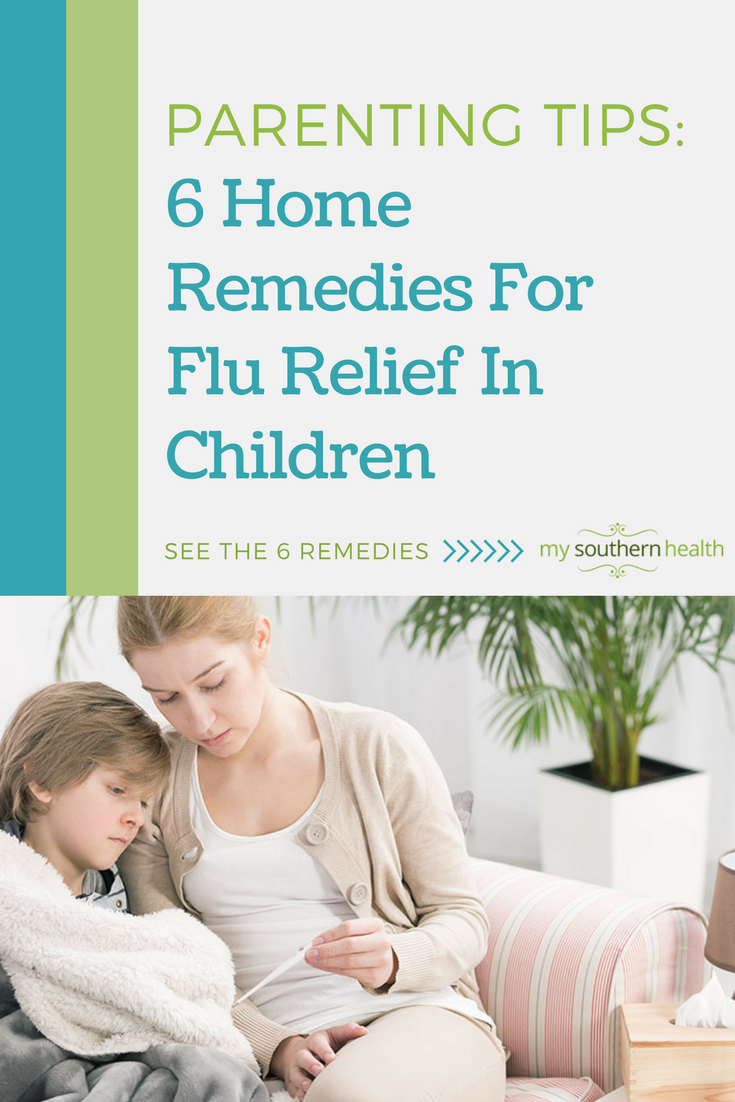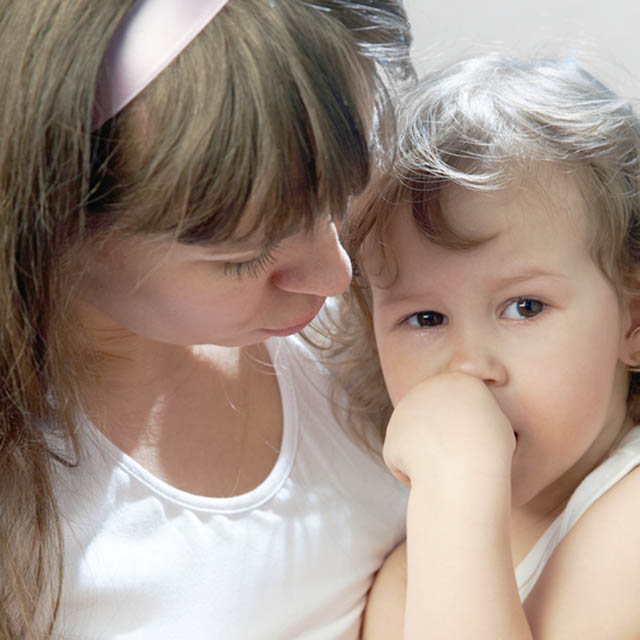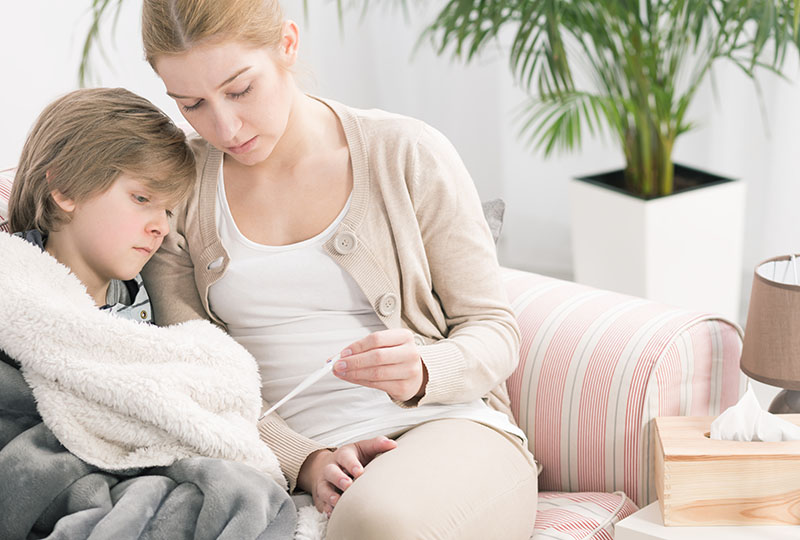Antibiotics don’t work with viral infections, but these tips can help kids feel better.
Children seem to have a way of spreading germs, and their immature immune systems leave them open to a lot of new viruses. Because colds and the flu are viral infections, we do not have any medicines that will make them go away. Fortunately, colds usually get better in about 7-10 days without any medication. In the meantime, there are simple ways to help your child with the symptoms:
1. Nasal congestion.
Nasal saline spray helps thin out the congestion and reduces uncomfortable crusting inside the nose. You can buy a bottle of saline at the store for a few dollars, or you can mix up your own at home with a cup of warm water and a quarter-teaspoon of salt.
2. Nose suctioning.
Suctioning the nose with a bulb suction is helpful for children and babies who are too young to blow their own noses. Children and babies never enjoy having their noses suctioned, but will often feel a little better after you get the gunk out and make it easier for them to breathe. It doesn’t take a lot of mucus to block up a little baby’s nose! If your child is very resistant to suctioning, you may need another adult to help hold her. When using the bulb suction, try to aim the tip of the bulb suction toward the back of the head, rather than up the nose. You can insert the bulb suction as far as it will go into the nose. Putting some saline drops into each nostril before you suction helps get more mucus out.
3. Coughs.
Honey has been shown to work better than cough syrup to treat coughs, and is safe for children 12 months and older (infants younger than 12 months should not eat honey). You can give your child a spoonful of honey as needed for cough. Honey does cause cavities, so be sure your child’s teeth are brushed after taking honey. Cough and cold medicines have not been shown to be safe or effective for children younger than 6 years. (Read about more remedies for persistent coughs here.)
4. Sleeping.
Vicks VapoRub (the adult kind) has been shown to help children 2 years and older sleep better when they have colds. The adult Vicks VapoRub should not be used on children younger than 2, but there is an infant version that you can try.
5. Fever and more.
Acetaminophen (the active ingredient in Tylenol) or ibuprofen (the active ingredient in Motrin and Advil, for children 6 months and older) can help children and babies feel better if they have body aches, headaches, sore throats or fevers. Click here for a guide to proper dosing for pain and fever relief with acetaminophen and ibuprofen for children under 2, and check in with your pediatrician’s office for guidance if you have questions.
6. Hydration.
Often, when children are sick, they don’t feel like eating. That is OK, but they do need to drink. Offer your child fluids frequently and encourage lots of drinking. One way is providing a water bottle with markings on the side. Each time your child drinks down to a mark on the side, give a reward such as a sticker, a movie or some other type of treat. Water and Pedialyte are good choices for your child. Popsicles are also often an effective way to get your child to take in fluids.
Consult a doctor if:
- You see signs of dehydration, including dry mouth, decreased urine and decreased tears;
- Your child is not responding to you normally;
- A fever persists for 5 days or longer;
- Your child seems to be getting better, but then gets sick again;
- Your child is working hard to breathe. Go to the doctor right away at signs of rapid breathing, flaring nostrils and skin pulling in between the ribs, below the rib cage or above the collar bones when breathing.


Vanderbilt’s Children’s After-Hours Clinics offer the convenience of a walk-in clinic with care provided by a board-certified pediatrician from Children’s Hospital. No appointment is necessary, but we recommend calling your pediatrician first. Learn more about services and find locations for Children’s Hospital After-Hours Clinic locations.

